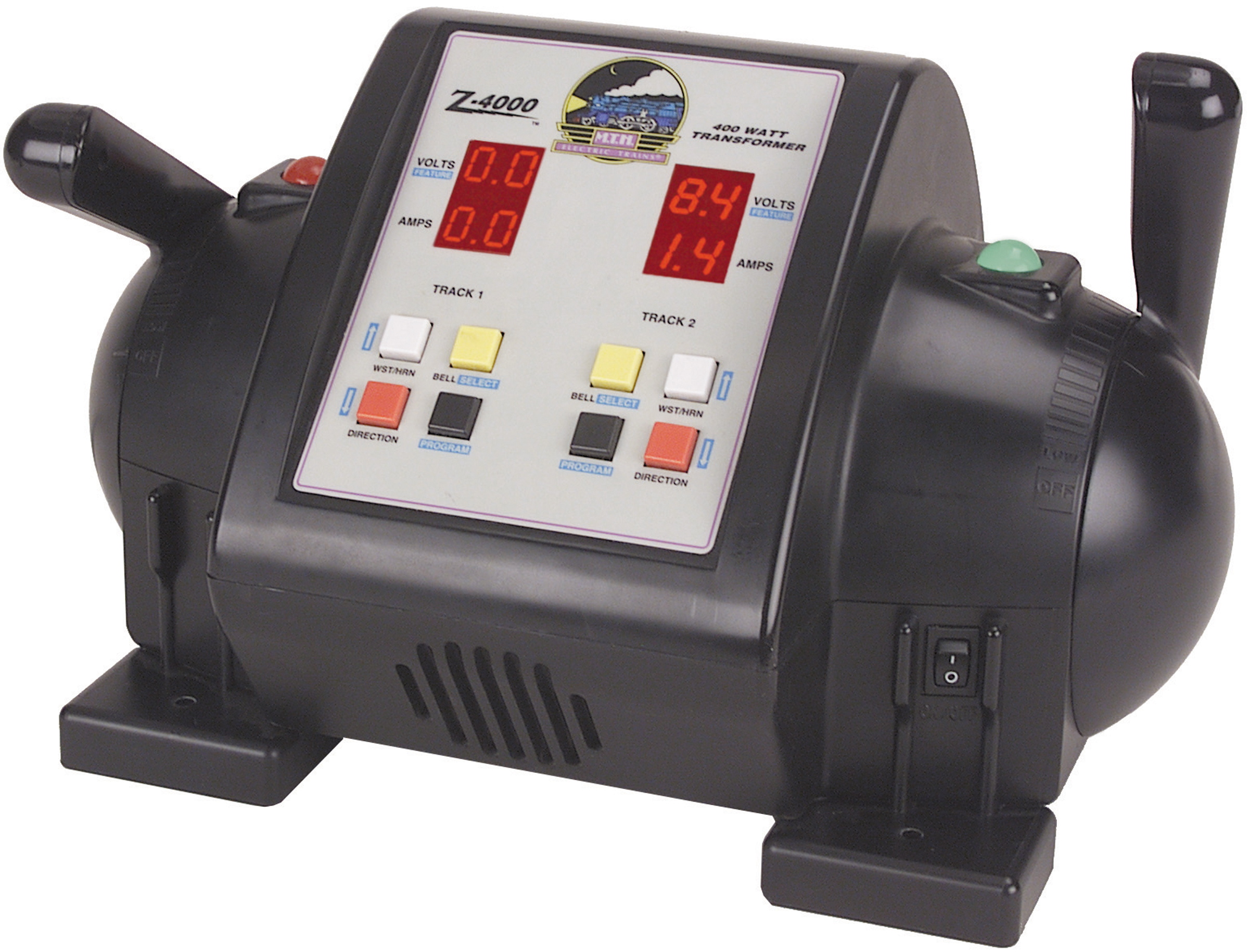
ConvertersĪlternating current (AC) voltages are readily converted using transformers.
24 Vac: Popular control voltage for heating, ventilation and air conditioning (HVAC) and refrigeration control applications, especially for NEC Class 2 circuits which provide field wiring benefits. 24 Vdc: Preferred “touch safe” voltage for controls and many automation devices, can be generated redundantly as explained below. 120 Vac: Most common voltage for general use and some controls. 120-240 Vac 1-phase 3-wire: Often found in residential buildings, the 3-wire 240 Vac would be used for large loads like home ovens and clothes dryers, while the 2-wire 120 Vac would be used for lighting and receptacles. 125 Vdc: Large power distribution switchgear often operates on this control voltage, which is generated by battery banks, letting the switchgear function for a time even if main power is unavailable. 208 Vac 3-phase (120 Vac 1-phase): Often found in commercial buildings, some motors, such as in air conditioners, operate at this 3-phase voltage the 1-phase voltage may be used for lighting and receptacles. 480 Vac 3-phase (277 Vac 1-phase): Many industrial motors operate at this 3-phase voltage sometimes this 1-phase voltage is used for lighting. Conductor sizing: Size conductors (wires, cables, terminals) to adequately supply downstream devices.Ĭommon voltages used by general control panels for North America are:. Overcurrent protection: Follow the NEC for sizing overcurrent devices (fuses and circuit breakers) to adequately supply downstream devices, while protecting downstream elements from high currents. This includes active devices like power supplies, and also passive devices like terminal blocks and power distribution blocks. Component selection: Choose only devices rated for the desired service. Follow the RulesĪll electrical distribution design and components must follow the applicable Codes (such as the NEC) and standards (such as UL 508A). This article discusses in general terms some power distribution and conditioning concepts that apply to many industrial control panel situations. Electronic (PLC, HMI, and smart device) controls. Motor starters and variable frequency drives (VFDs). A variety of control panel elements are designed to provide overcurrent protection, transmit the power, convert between voltages, protect devices from surges and condition and improve the power.Ĭontrol panels serve many functions, often combining one or more of the following characteristics and components: 
Most industrial control panels, certainly those UL 508A listed, will have incoming power circuits and some form of internal distribution.

Electrical power usually enters industrial control panels as one or more main circuits and must be properly converted and distributed based on the equipment service.






 0 kommentar(er)
0 kommentar(er)
